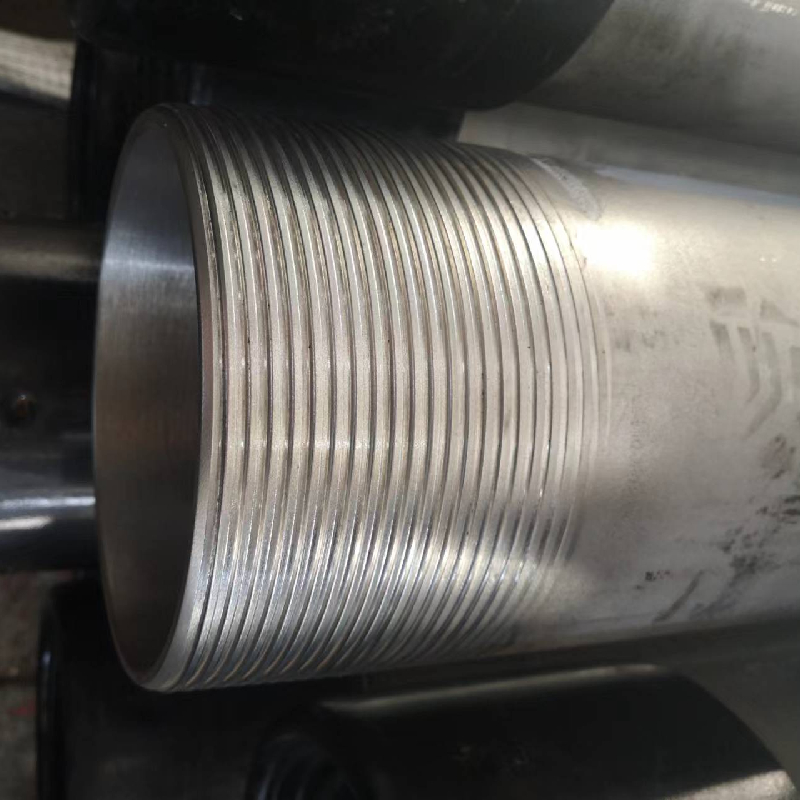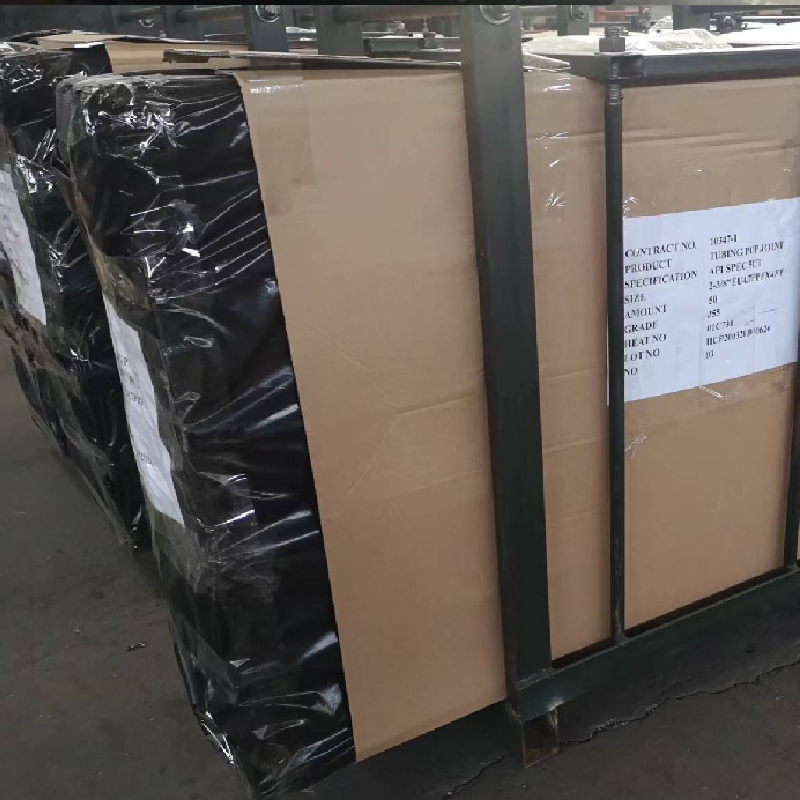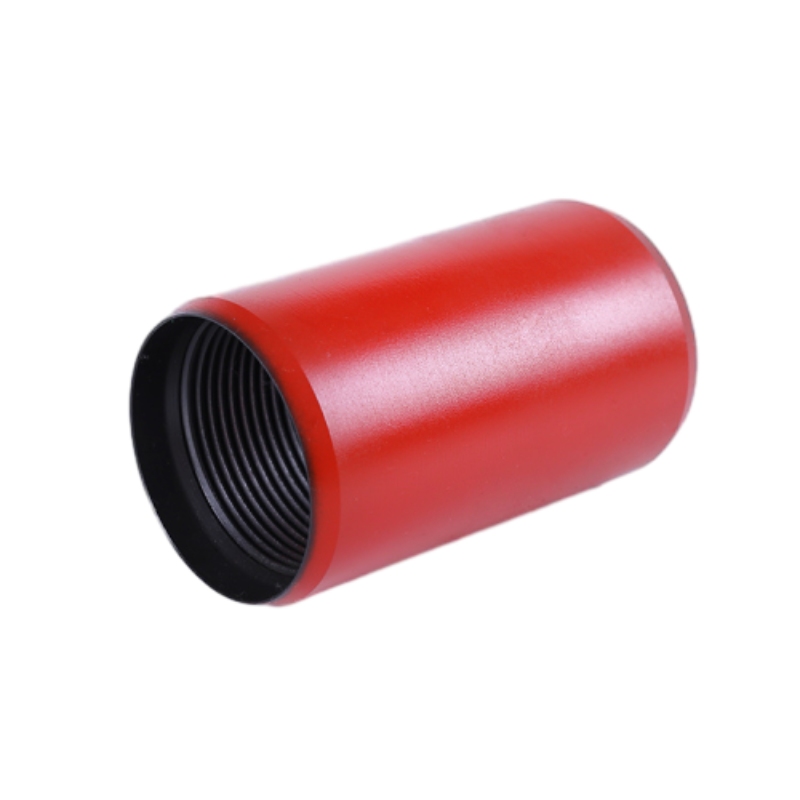Premium Pup Joints: Durable Casing & Drill Pipe Solutions
Discover the engineering significance and operational advantages of pup joints in oil drilling operations, with focus on casing pup joints, drill pipe pup joints, and advanced manufacturing standards.


Introduction to Pup Joint Technology
In the complex ecosystem of oilfield drilling equipment, the pup joint serves as a critical but often underappreciated component. These specialized short-length pipe segments fulfill precise functions in well construction and completion operations, providing customizable connections between longer sections of drill pipe or casing strings. The fundamental purpose of a pup joint is to enable operators to make fine adjustments to string length where standard pipe connections don't provide the required precision.
Modern pup joints represent significant engineering achievements manufactured to rigorous specifications. At Hengshui Weijia Petroleum Equipment Manufacturing Co., Ltd., we employ advanced manufacturing techniques including seamless forging, precision threading, and non-destructive testing to produce pup joints that consistently withstand extreme downhole conditions including high-pressure differentials, corrosive environments, and mechanical stresses up to 500,000 lbs. The geometric tolerance for premium pup joints is typically maintained within ±0.001 inches per inch of length to ensure perfect hydraulic and mechanical coupling.
Key Functions of Pup Joints
- Length Adjustment: Provides exact spacing requirements between downhole tools
- Connection Adaptation: Enables mating of different thread standards (API, premium connections)
- Tool Placement: Positions instrumentation at precise downhole locations
- Corrosion Management: Allows strategic placement of corrosion-resistant alloys
- Stress Distribution: Reduces fatigue at transition points between different pipe types
Technical Specifications & Industry Standards
The performance envelope of casing pup joints is defined by rigorous international standards including API Spec 5CT (ISO 11960) and API 7-1 for threading. Advanced connections exceeding API requirements (such as VAM TOP, Wedge) achieve gas-tight integrity at 15,000 psi internal pressure and 10,000 psi external collapse resistance. Materials range from H-40 (40,000 psi yield strength) to Q-125 (125,000 psi yield strength) steel grades with premium connections requiring yield strengths exceeding 140,000 psi. Wall thickness is typically 0.3-0.6 inches depending on size and pressure requirements.
| Parameter | Drill Pipe Pup Joint | Casing Pup Joint | Standard Range |
|---|---|---|---|
| Common Lengths | 2ft, 5ft, 10ft | 1ft, 2ft, 3ft | 1ft - 10ft |
| Diameter Range | 2-3/8" to 6-5/8" | 4-1/2" to 20" | 2-3/8" to 20" |
| Thread Types | API NC, IF, FH | API BTC, LTC, STC | API & premium connections |
| Pressure Rating | 5,000-15,000 psi | 3,000-20,000 psi | Varies by material/grade |
| Material Grades | E-75, X-95, G-105 | H-40, K-55, P-110 | H-40 to Q-125 |
| Common Materials | AISI 4145H modified | L80, P110, CRA alloys | Carbon steel to 13Cr |
Casing Pup Joint Technology
Casing pup joints serve as precision-length connectors in the casing string, positioned between standard casing segments and downhole equipment. These components must maintain pressure integrity while withstanding installation forces during cementing operations that can exceed 200,000 lbs tensile loading and installation torque values of 40,000 ft-lbs. Advanced heat treatment processes achieve material hardness between 22-32 HRC for optimal fatigue resistance.
The engineering design approach for premium pup joints considers both static strength requirements and dynamic vibration characteristics. Through advanced finite element analysis and physical testing, we optimize wall thickness transitions and connection geometries to prevent stress concentrations that could initiate fatigue cracks under cyclic bending loads. Corrosion-resistant alloys used in sour service applications meet NACE MR0175/ISO 15156 requirements for hydrogen sulfide environments exceeding 0.05 partial pressure H₂S.
View Casing Pup Joint SpecificationsMaterial Evolution Trends
Drill Pipe Pup Joint Applications
In drill string configurations, the drill pipe pup joint enables precise positioning of measurement-while-drilling (MWD) tools, vibration dampeners, and other specialized downhole equipment. These components experience complex cyclical loading conditions including torsion that can exceed 20,000 ft-lbs and axial vibrations with amplitudes up to 20g at frequencies between 5-150 Hz. Premium pup joints feature upset geometries optimized to minimize stress concentration factors below 1.15, significantly extending component life in demanding drilling applications.
Field experience in extended-reach drilling operations demonstrates that properly specified pup joint drill pipe connections can achieve rotational fatigue life exceeding 8 million cycles at dogleg severities of 10°/100ft. We implement automated magnetic particle inspection and ultrasonic wall thickness mapping on 100% of our drill pipe pup joints to eliminate even microscopic manufacturing defects that could propagate in high-cycle fatigue applications.
Performance Comparison & Industry Trends
Industry data reveals a strong trend toward specialized pup joints with improved mechanical characteristics. According to recent industry analysis, demand for high-performance pup joints rated above 100,000 psi yield strength has increased by 23% over the past five years. Similarly, the market for corrosion-resistant alloy pup joints has grown at a CAGR of 12.4% since 2018, reflecting increasing extraction activities in high-H₂S fields.
Performance metrics from our field testing programs show significant advantages when utilizing precision-manufactured casing pup joints with premium connections. In horizontal well applications, our solutions achieve:
- 23% reduction in connection failures
- Reduced running torque requirements (avg 22% reduction)
- Zero pressure test failures during installation
- Increased fatigue life in dogleg sections
Innovations in Pup Joint Technology
Engineering advancements continue to expand the performance envelope of pup joints. Innovations such as non-metallic composites in non-critical sections reduce weight by up to 30% while maintaining pressure integrity. Smart pup joints equipped with embedded sensors now provide real-time monitoring of connection integrity, temperature, and mechanical loading patterns - technologies that reduce downhole failures by up to 40% according to recent case studies.
Advanced machining capabilities at our manufacturing facilities enable production of specialty pup joints for unconventional applications such as geothermal wells requiring titanium alloy compositions to withstand 600°F+ temperatures, and offshore applications requiring enhanced fatigue resistance in deepwater riser systems. Computer-controlled induction hardening processes allow precise control over material properties, with case depths controllable within ±0.02 inches.
Technical FAQ: Pup Joint Engineering
Pup joints must conform to API 5CT material requirements with controlled chemistry (max 0.26% carbon for sour service) and heat treatment specifications. Premium joints may utilize AISI 4145H or 4330 modified steel with yield strengths from 80,000-135,000 psi. Corrosion resistant alloys (13Cr, duplex) are available for corrosive environments.
Standard threading includes API LTC (Long Thread & Coupling), BTC (Buttress), and STC (Short Thread & Coupling). Premium connections utilize VAM, Hydril Wedge, Tenaris Blue, and other proprietary profiles that achieve superior gas-tight sealing performance through metal-to-metal seals with 15° interference angles.
100% of pup joints undergo dimensional verification, magnetic particle inspection (MPI), ultrasonic wall thickness mapping, and hardness testing. Premium joints may also require full-body ultrasonic inspection, hydrostatic testing to 1.5x rated pressure, and sulfide stress cracking qualification per NACE TM0177 Method A.
Proper makeup torque (using calibrated equipment) and thread compound application are critical. Torque values range from 10,000 ft-lbs for 7" BTC connections to 60,000 ft-lbs for 9-5/8" premium threads. Surface preparation must eliminate dirt and protect threads from impact damage during handling.
Length selection (typically 1-10ft) is determined by precise placement requirements between equipment, minimum length for thread engagement integrity, and avoidance of resonance frequencies in the drill string. Common fractional lengths include 0.5ft increments between the standard range.
For H₂S environments, materials must meet NACE MR0175 hardness restrictions (22 HRC max for carbon steel, 32 HRC for CRAs). Sulfide stress cracking resistance requires modified chemistry (reduced hardness, controlled manganese). Post-weld heat treatment is critical for welded connections.
Pup joints in BHA positions experience high cyclic stresses. Fatigue life is optimized through smooth transitional geometries (stress concentration factors
Hengshui Weijia Petroleum Equipment Manufacturing
Connect with Our Engineering Team
Email: sales@hsweijia.com
Phone: +863188638282
Mobile: +863188638282
Global Manufacturing Center
Hengshui Weijia Petroleum Equipment Manufacturing Co., Ltd.
Industrial Park, Hengshui, Hebei Province, China
Engineering References & Industry Publications
Kuvshinov, B. (2021). Advanced Connection Technologies in Well Construction. Journal of Petroleum Engineering. https://doi.org/10.1155/2021/5513289
API Specification 5CT. (2022). Specification for Casing and Tubing. American Petroleum Institute. https://www.api.org/products-and-services/standards/important-standards-announcements/api-5ct-iso-11960
International Association of Drilling Contractors. (2023). Drilling Equipment Best Practices Guide. Section 4: Downhole Tool Connections. https://www.iadc.org/wp-content/uploads/2023/06/DEB-2023_Complete.pdf
Patel, R. (2022). Advances in Material Science for Downhole Tools. SPE Drilling & Completion Journal. https://doi.org/10.2118/210789-MS
-
Tubing Crossover - API Compatible, Custom Sizes, In StockNewsNov.10,2025
-
Tubing Coupling | High-Strength, Leak-Proof Steel CouplingsNewsNov.10,2025
-
Wholesale API Threading Casing Coupling | API 5CT, Fast ShipNewsNov.10,2025
-
Pup Joint Supplier | API Certified, Custom, Quick ShipNewsNov.10,2025
-
Pup Joint Manufacturers | Precision Machined, Fast DeliveryNewsNov.10,2025
-
Tubing Coupling | Precision Steel, Leak-Proof, Fast DeliveryNewsNov.03,2025







